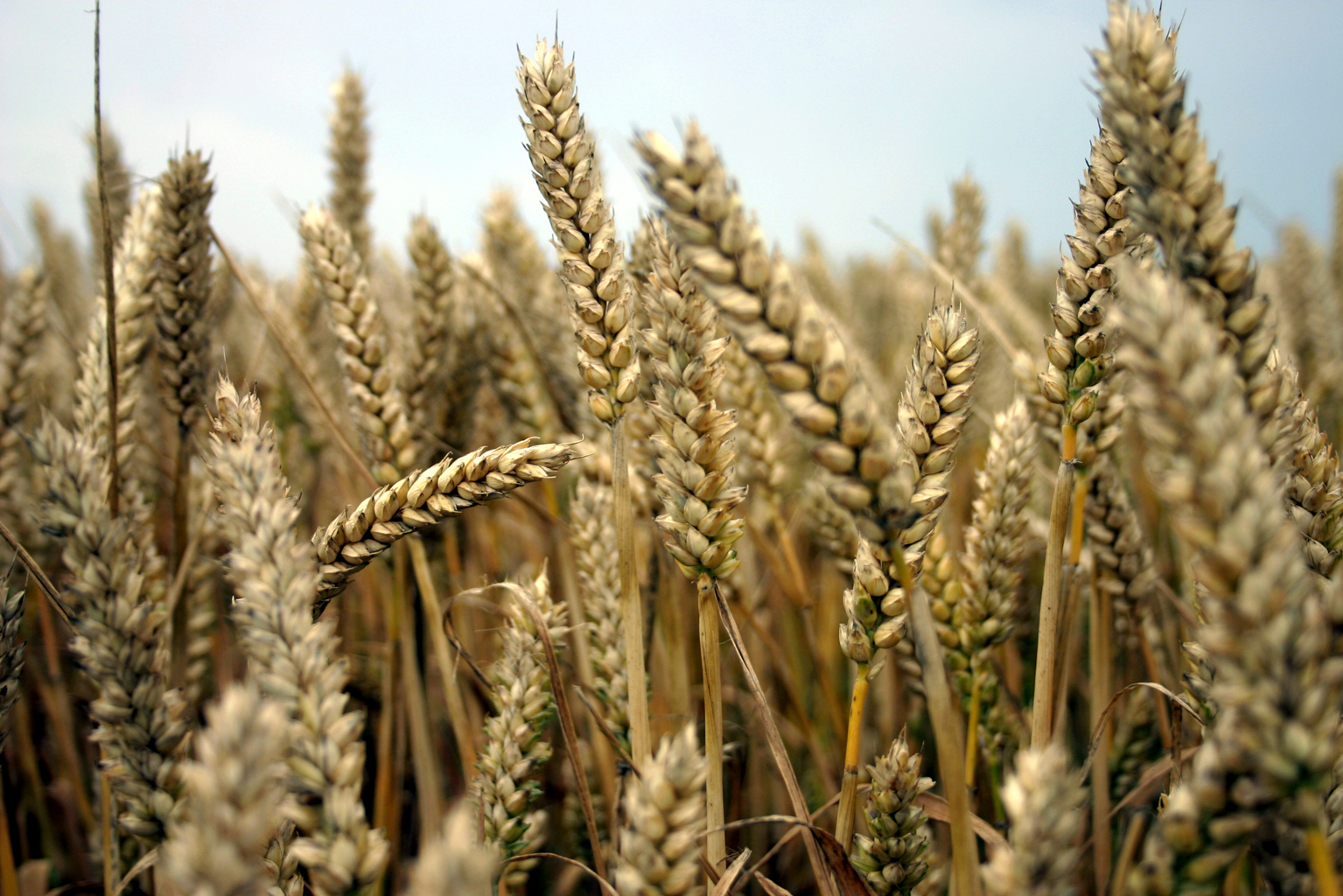News
Concerns over increasing food prices after the worst US drought in 50 years

The worst US drought in more than half a century has devastated crops, lifting grain prices to record highs.
Concerns have risen over the possibility of another food crisis after a government report revealed the serious drought currently blanketing parts of the US has attacked crops across the Midwest, pushing corn prices to a record high.
This drought came after hottest July in US history casued irreparable damage to the crop, and forcing farmers to abandon their crop.
The crisis has prompted the US Department of Agriculture (USDA) to forecast record-breaking price rises, and some of the world’s largest food manufacturers, including Kraft, Tyson and Nestle, have already indicated that they will have to pass this increase in costs on to the consumer.
USDA now expects 10.8bn bushels of corn to be produced this year – 2.2billion bushels less than the projection it made last month.
On Friday prices were up 0.73% to 829.75¢ per bushel, having risen over 60% in the past seven weeks.
The report confirmed that the crop is likely to a hit a six-year low with supply plunging 13%.
There was a food crisis in 2008 that sparked riots across a number of countries including Mexico and Egypt.
According to Fidelity, the recent rise in agricultural commodity prices could not be occurring at a worse time for the global economy with the backdrop of financial problems in the Eurozone, a slowdown of the Chinese economy and the US outlook looking increasingly uncertain.
The biggest direct negative effect of higher food prices is on consumers, particularly in emerging markets.
As consumers are forced to spend more on food items, discretionary spending is reduced in other areas, creating negative knock-on demand effects for other industries.
The World Bank estimates that demand for food will rise by 50% by 2030, largely as a result of population growth, rising affluence and changing diets.
The population of the world is growing at around 1% per year. This equates to an additional 70m people who require food every single year.